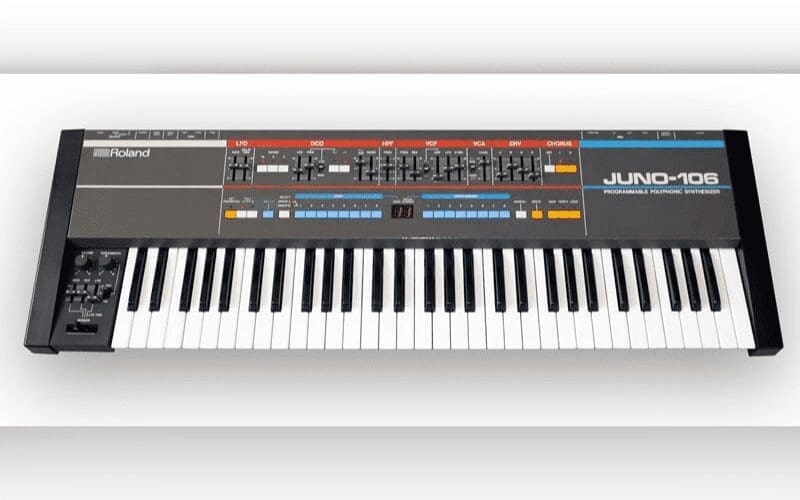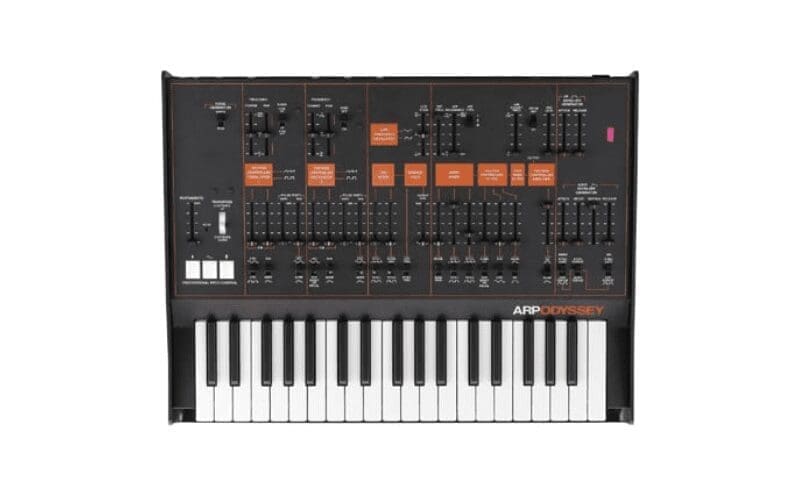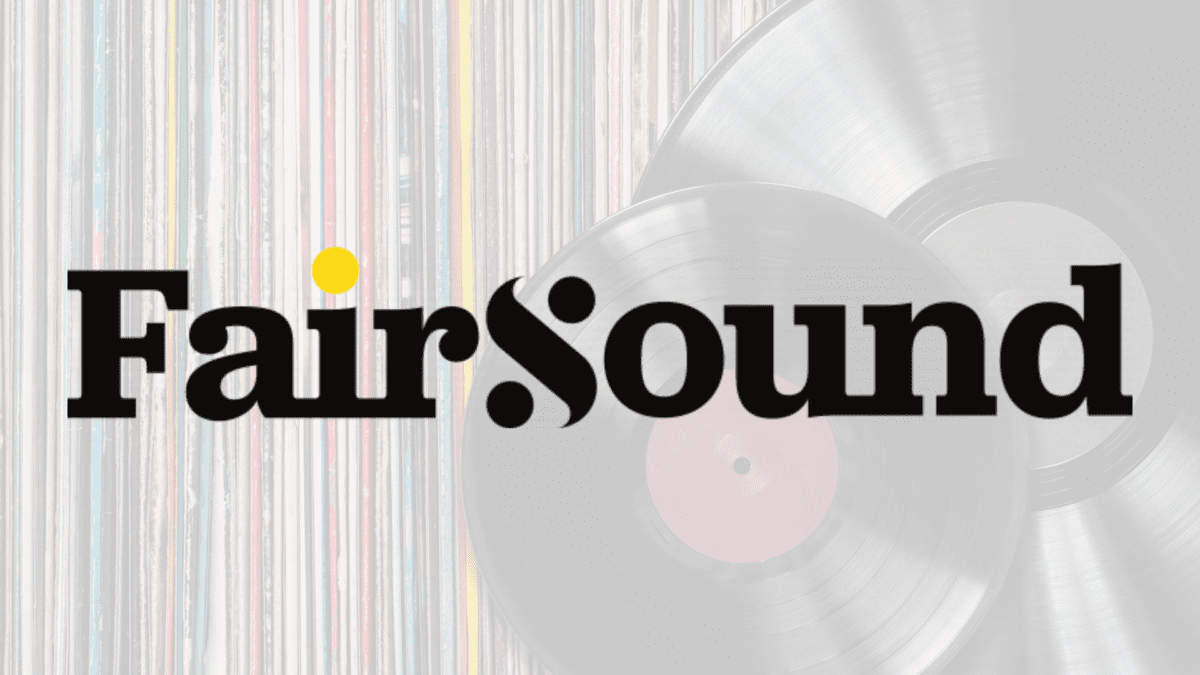The music industry is constantly changing and adapting, with new and innovative sound design coming out every month. The creative minds in music are truly fascinating, and it’s great to see how different people use different instruments. Some people may be able to conjure up sorrow with a piano, joy with a guitar, or fear with a flute. One instrument that is particularly intriguing is the vintage synth.

The synthesizer has been around since the 1960s and has had a memorable impact on modern music productions and recording as we know it now. Whether you’re looking at pop music from the 1980s or rock music from the 2000s, you’re sure to be able to find interesting use of a synthesizer.
But what exactly is a synthesizer? What are they made up of, and how exactly do they work? That’s what we will be taking a look at in this blog post today.
We will be going over what synthesizers are, what components they are made up of, and the best vintage synth that any music fan or aspiring musician or songwriter should be aware of.
If you enjoy reading about music and technology, make sure to check out the rest of our website. We’re constantly updating with new content, and we think that you’ll love what we have to offer- check it out today and feel free to let us know what you think.
What Exactly Is A Vintage Synth?

To start off with, it’s worth going over what a synthesizer is. Put simply, a synthesizer is an electronic musical instrument. They are often paired with an electronic keyboard and can create a wide variety of sounds and noises.
Whether you’re a metal fan, pop lover or classical nerd, there’ll be a vintage synth that suits your needs.
They’re not just compatible with electronic instruments and keyboards either. They can be played with other tools such as fingerboards, drum machine, instrument controllers or sequencers or even wind controllers.
You can even get synthesizers that have no instrument attached to them, and these are called sound modules.
As we mentioned earlier, synthesizers have been used since the 1960s in all sorts of different music. In the 1960s, they started off being used for pop music and then moved to disco in the 1970s.
They were also used by some progressive rock bands in this era, too. In the 80s, they became much more mainstream and were used in dance and electronic music.
There are a number of intriguing elements that make up a synthesizer, although these will vary from model to model.
Most classic synths will focus on the components like filters, envelopes, LFOs and arpeggiators, as these are the factors that affect the sound and quality of the music.
Since then, synthesizers have been used frequently by all sorts of musicians in almost every genre and category. Are you a hard rock fan? You probably have a favourite song with a vintage synth in it.
Do you enjoy hip hop music?
You’ve probably been listening to synthesizers, too. Whether you like dance music, hip hop, metal, rock or something else entirely, this most certainly will not be an unfamiliar instrument to you.
The Best Vintage Synth
Now that we have had a look at what synthesizers actually are and what they can do, let’s take a look at our top picks for classic synthesizer instruments.
As we’re sure you know, there are tons of different synthesizers available on the market right now. We’re big fans of the classical synth vibes, but there are other options available too.
Our top picks for classic synthesizers that you need to know about are;
The Minimoog By Bob Moog

The Minimoog is an analogue vintage synth and was created in the 1970s. This synth was famously used by Parliament, and second-hand prices range from £2.5K – £3.5K or $3.2K – $3.8K.
The Prophet 5 By Sequential Circuits

The Prophet 5 was the first fully programmable polyphonic analogue synth on the market and was used in the Terminator soundtrack. Prices are in the £6K or $7 – $8K range.
The Jupiter 8 By Roland

Roland’s JP-8 was an 8-voice polyphonic vintage synth, hailing from the early 1980s.
It still remains incredibly popular to this day, due to the wide range of sounds and the organized layout. Second-hand prices go from £1 – £2K or $1.2 – $2.5K range.
It has been used by groups like ABBA and Duran Duran.
The ARP Odyssey By Korg

This 1970s classic synthesizer was another attempt at a portable, affordable vintage synth and was received gratefully by musicians.
It has since been reissued by Korg and is still being used to this day- notably in the Doctor Who theme. Prices go from roughly £800 – £1K or $1 – $1.2K second hand.
The DX7 By Yamaha – The Ultimate Vintage Synth

In the 1980s, Yamaha released the DX7. It remains one of the most popular synthesizers to this day, and it’s easy to see why.
It’s been used by groups like the Beastie Boys and is much more affordable- coming in at roughly £500 or $640.
The M1 By Korg

This will be a familiar name for any vintage synth music fans reading this article.
The M1 has been one of the most well-received synths ever, with an iconic and recognizable sound set.
Madonna’s song ‘Vogue’ used this iconic synth, and you can get one for roughly £500 or $640.
The Juno 106 By Roland

Roland released this synth in the mid-1980s, to great reception, especially with the midi included.
It followed in the footsteps of other great instruments before it, although it certainly improved technically upon previous Roland synths.
Juno 106s have been used by groups like REM and can be found for roughly £1k – £1.2K or $1.2 – $1.5K.
Our Conclusion On The Vintage Synth

As you can see, the synthesizer is a truly fascinating instrument, and it’s worth paying attention to if you’re a musician.
The fact that it’s still being spoken about nowadays is no mistake; it can create some beautiful music, in a number of styles and genres.
If you’re a musician who’s never used a synthesizer before, we would certainly recommend checking one out and seeing how you like it.
Of course, there are modern adaptions of online synthesizers (VST), but if you’re looking for a truly authentic sound, then getting your hands on a classic synth would be worth your while. So, for us, our fav is the Minimoog by Bob Moog!
If you are looking for more music content? Want to read more about music technology or history?
Make sure you have a good browse around our website. We’re truly passionate about the music industry, and we love bringing the latest content to our audience- whether it’s a new instrument, a great band, history or something else entirely.










